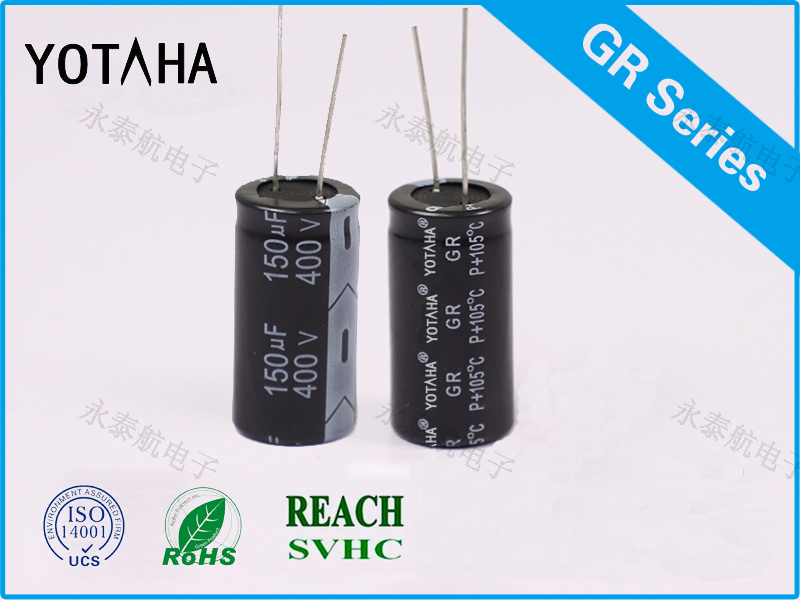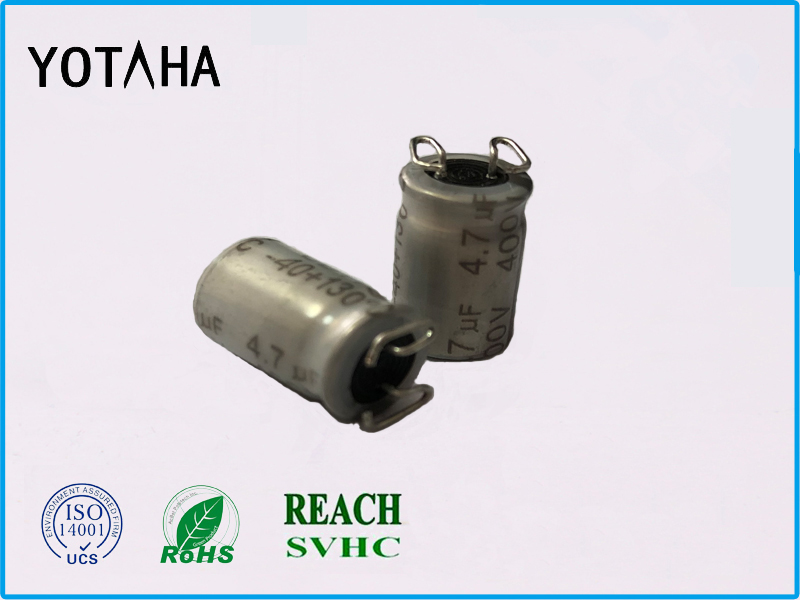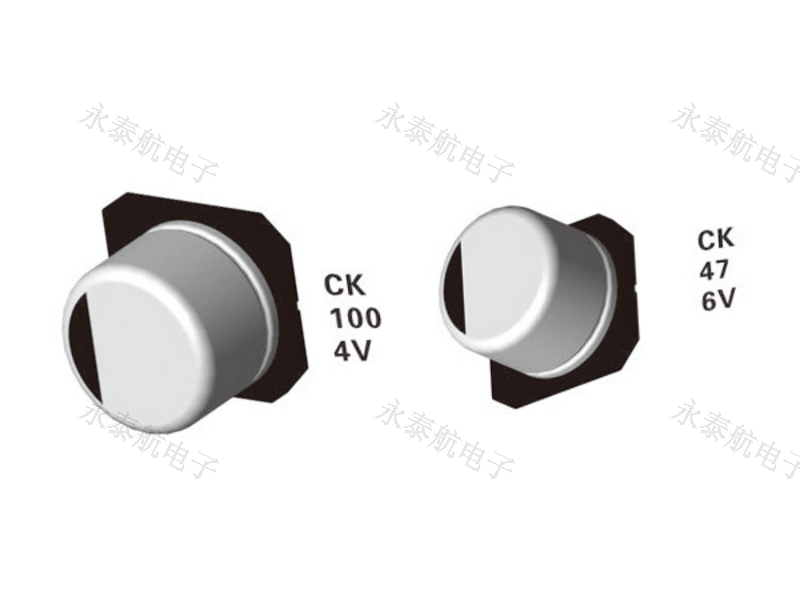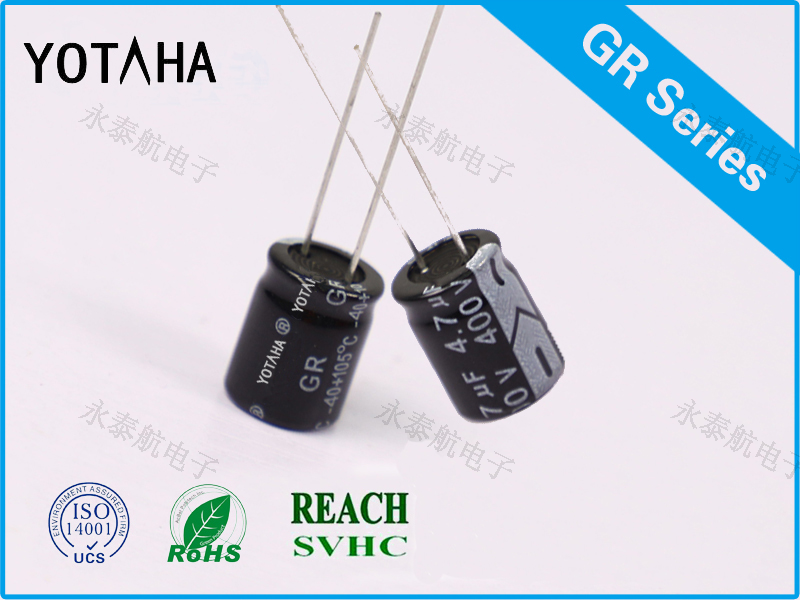The aluminum shell and the plastic cover are sealed to form an electrolytic capacitor. Compared with other types of capacitors, aluminum electrolytic capacitors exhibit the following obvious characteristics in structure:
1. The working medium of aluminum electrolytic capacitors is to generate a very thin layer of aluminum oxide (Al2O3) on the surface of aluminum foil through anodizing. This oxide dielectric layer and the anode of the capacitor are combined into a complete system. Dependence cannot be independent of each other; what we usually call a capacitor, its electrodes and dielectric are independent of each other.
The core of an aluminum electrolytic capacitor is made up of four layers of overlapping windings: anode aluminum foil, electrolytic paper, cathode aluminum foil, and electrolytic paper; after the core is impregnated with electrolyte, use
2. The anode of an aluminum electrolytic capacitor is an aluminum foil with an Al2O3 dielectric layer formed on the surface. The cathode is not the negative foil we are used to thinking, but the capacitor's electrolyte.
3. The negative foil plays the role of electrical lead-out in the electrolytic capacitor, because the electrolyte as the cathode of the electrolytic capacitor cannot be directly connected to the external circuit, and an electrical path must be formed through another metal electrode and other parts of the circuit.
4. The anode aluminum foil and cathode aluminum foil of aluminum electrolytic capacitors are usually corroded aluminum foil, and the actual surface area is much larger than its apparent surface area, which is one reason why aluminum electrolytic capacitors usually have large capacitance. Due to the use of aluminum foil with many fine etched holes, liquid electrolyte is usually needed to more effectively use its actual electrode area.
5. Since the dielectric oxide film of aluminum electrolytic capacitor is obtained by anodic oxidation, and its thickness is proportional to the voltage applied by anodic oxidation, in principle, the dielectric layer thickness of aluminum electrolytic capacitor can be artificially accurate control.






